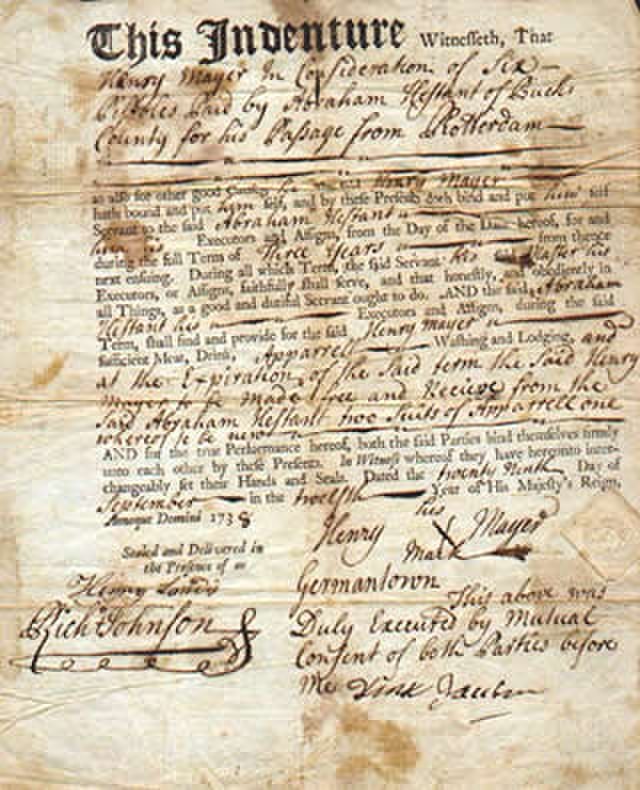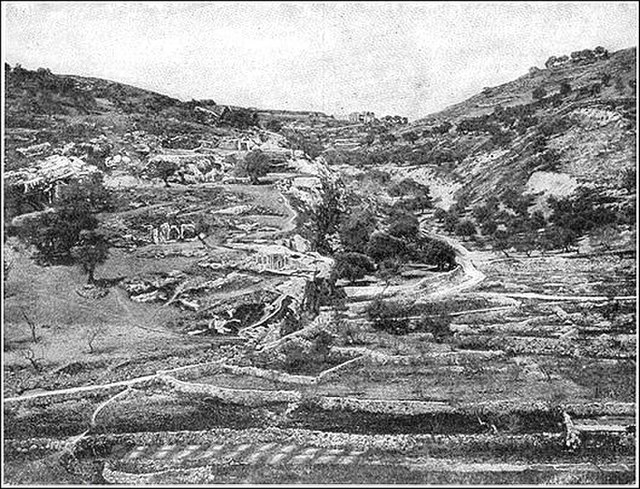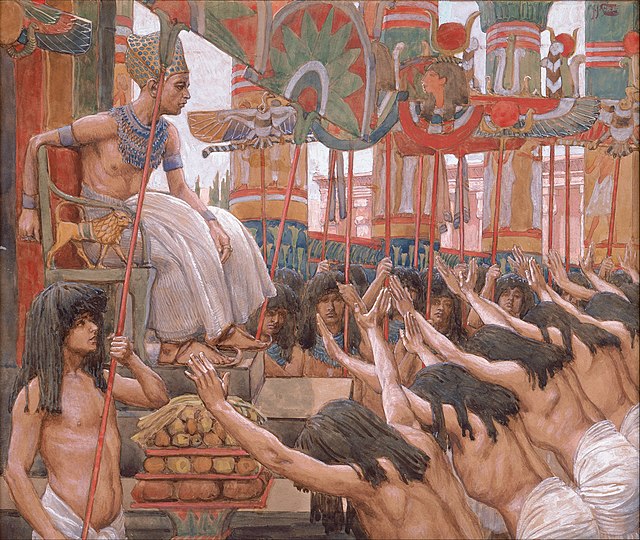Introduction
The term ‘slavery’ evokes some of the darkest chapters of human history. However, when we discuss ‘slavery’ within the context of the Bible, it’s crucial to remember that this institution doesn’t equate directly to the modern, particularly Western, concept of race-based chattel slavery. Slavery in the Bible was multifaceted, with nuances that distinguish it significantly from its modern counterpart.
Slavery in Ancient Israel:
The societies of the Ancient Near East, including the ancient Israelites and early Christian communities, practiced slavery within a context markedly different from the modern perception of the term.
- Voluntary Servitude: A significant portion of what the Bible terms as ‘slavery’ was more akin to indentured servitude. Individuals would willingly sell themselves or family members into servitude to pay off debts. This practice is documented in Leviticus 25:39-41 and Exodus 21:7.
- Laws and Regulations: Unlike many ancient societies, biblical law offered certain protections to slaves. This characteristic is a marked departure from the grim realities of modern slavery. Exodus 21:26-27, for instance, mandates that if a master injures his slave, the slave is to be set free. Such legal recourse for slaves was largely absent in the modern era.
- Duration of Servitude: The Bible also indicates a system where Hebrew slaves were to be released in the seventh year, as described in Deuteronomy 15:12-15. This contrasts with the perpetual nature of modern slavery.
Slavery in the Rest of the Ancient Near East:
The rest of the Ancient Near East also practiced slavery, but in a form distinct from both the biblical and the modern systems. Slavery in these societies, such as in ancient Babylon, Assyria, and Greece, was typically harsher, with fewer protections and a strong emphasis on the slave as property. The biblical laws, in contrast, showed a more humane approach, offering certain rights and protections to slaves, reflecting a unique set of values within the broader Near Eastern context.
Modern Slavery:
Modern slavery, particularly as it manifested during the transatlantic slave trade from the 15th to the 19th centuries, stands in stark contrast to biblical slavery in its characteristics and consequences.
- Race-Based: Modern slavery was primarily race-based, specifically targeting and enslaving individuals of African descent. This racial element was not a factor in biblical times, where slavery was more associated with social status and economic conditions than racial background.
- Brutality and Dehumanization: Modern slaves often suffered inhumane treatment, including brutal punishments, sexual exploitation, and horrific living conditions. Though the Bible mentions instances of harsh treatment, the systematic dehumanization and brutality characteristic of modern slavery were not normative.
- Perpetual and Hereditary: Modern slavery was typically lifelong, with the status of ‘slave’ often passed down through generations. This contrasts sharply with the time-bound and often voluntary servitude described in the Bible.
Conclusion:
In interpreting biblical texts about slavery, understanding the historical and cultural context is key. While both institutions are labeled ‘slavery,’ they are distinct practices, molded by their cultural and historical circumstances. As such, caution must be exercised in viewing ancient practices through a modern lens.
Discussion Questions:
- How does the historical and cultural context shape our understanding of slavery as it appears in the Bible? How might this understanding impact modern interpretations and perceptions of these texts?
- What factors led to the drastic shift from the relatively regulated servitude of the Ancient Near East to the race-based, brutal slavery of the modern era?
- How do the differences in biblical and modern slavery challenge or reinforce your understanding of the role of slavery in history and its legacy today?
Want to Know More?
- “Old Testament Parallels: Laws and Stories from the Ancient Near East” by Victor H. Matthews and Don C. Benjamin – This book provides a contextual comparison of the laws and stories in the Bible with those of other cultures in the Ancient Near East.
- “Slaves in the New Testament: Literary, Social, and Moral Dimensions” by J. Albert Harrill – Harrill examines references to slaves and slavery in New Testament texts, arguing for their interpretation within the specific socio-cultural context of the first-century Roman Empire.
- “Paul and Slavery: A New Interpretation” by Marek Rostkowski – This book offers a fresh perspective on the Apostle Paul’s approach to slavery, based on a careful analysis of relevant texts and their historical context.




